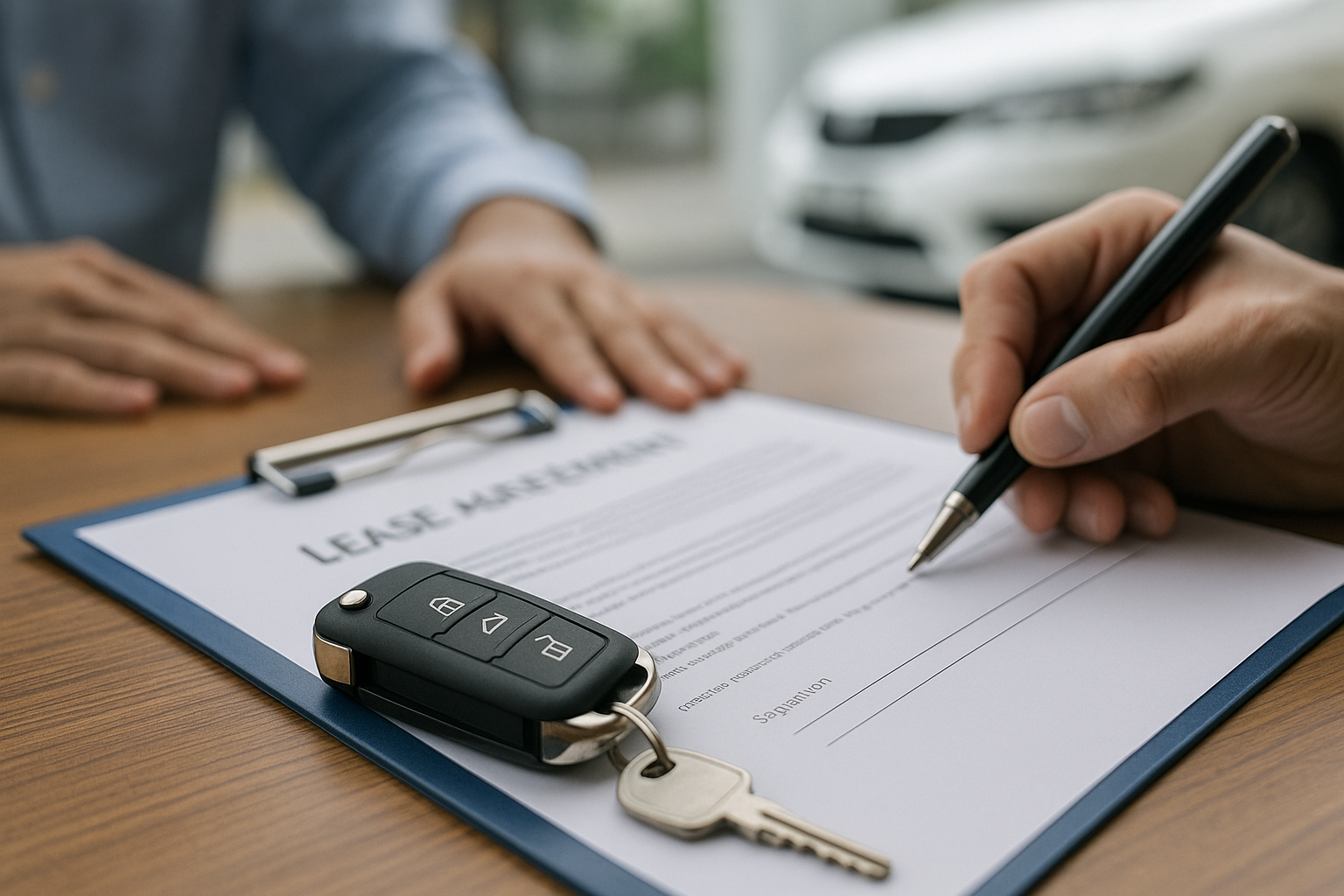Hook: Considering a lease to own car arrangement? Understanding the benefits and pitfalls of a lease buyout can help first-time buyers decide if rolling into ownership is the smarter move. This lease buyout guide walks you through the financial, lifestyle, and legal factors to weigh before signing on the dotted line.
- Key advantages of leasing with the intent to purchase
- Hidden costs and risks in lease-to-own contracts
- Step-by-step tips to prepare for a smooth buyout
What Is a Lease Buyout?
A lease buyout allows you to purchase your leased vehicle at the end of its term—often for a pre-negotiated residual value. Instead of returning the car, you exercise the buyout option and finance the remaining balance. For first-time buyers, a structured lease buyout guide clarifies whether this path leads to savings or unexpected debt.
Pros of Lease-to-Own
- Predictable Purchase Price: Residual value is set at lease signing, insulating you from market swings at term-end.
- No Mileage Fees: If you exceed mileage limits, buying out can eliminate per-mile penalties.
- Known Maintenance History: You’ve driven the car; service records and wear patterns are transparent.
- Smoother Transition: Avoid the hassle of shopping for a new vehicle—keep what you already know and like.
- Potential Equity: If the car’s market value exceeds the residual, you gain instant equity upon buyout.
Cons of Lease-to-Own
- High Buyout Price: Residual values are often conservative; the buyout may cost more than fair market value.
- Financing Challenges: Securing a loan on a used, higher-mileage vehicle can mean higher interest rates and stricter terms.
- Additional Fees: Purchase option fees, taxes, and registration costs can add thousands to the final price.
- Deferred Depreciation: Your car is aging; future repair and maintenance costs may rise sharply after the warranty expires.
- Opportunity Cost: Money tied up in the buyout could be invested elsewhere or put toward a newer car with updated safety features.
Step-by-Step Lease Buyout Guide
- Review Your Lease Contract: Confirm the residual value, purchase option fee, and any early-buyout penalties.
- Compare Market Values: Research private sale prices and dealer trade-in quotes for your make, model, year, and mileage.
- Check Financing Options: Get pre-approved by banks or credit unions for used-car loans to secure the best rate.
- Calculate Total Cost: Add taxes, fees, and estimated post-warranty maintenance to your buyout amount.
- Negotiate If Possible: Some dealers will reduce the purchase option fee or residual value—ask politely but firmly.
- Finalize Documentation: Ensure clear title transfer, update registration, and confirm any extended warranty or service plans.
Pro Tips for First-Time Buyers
- Mind Your Mileage: Track your miles to avoid surprise fees—you may outgrow your allowance before term-end.
- Inspect Thoroughly: Before buyout, have an independent inspection to flag hidden issues that could cost you later.
- Consider Extended Warranties: If the original coverage lapses soon after purchase, an aftermarket plan can shield you from big bills.
- Time Your Buyout: If market prices drop, request a quote a few weeks before lease-end—dealers may offer incentives to sell off aging inventory.
- Maintain Records: Keep all service receipts and lease paperwork together for streamlined ownership transition.
Common Pitfalls to Avoid
- Skipping Market Research: Taking the residual at face value can leave money on the table—always compare real-world prices.
- Ignoring Fees: Purchase-option and documentation fees vary—read the fine print to avoid last-minute surprises.
- Overlooking Loan Terms: A low monthly payment might mask a high interest rate or long term; calculate the total finance charge.
FAQs
- Q1: Can I buy out my lease early?
- A1: Many contracts allow early buyout, but penalties or prepayment fees may apply. Check your lease terms and compare savings from buying early versus waiting.
- Q2: Is a lease buyout good for high-mileage drivers?
- A2: Yes—if you exceed mileage limits, buying out avoids per-mile charges. Compare the buyout cost to mileage penalties to see which is cheaper.
- Q3: How do I finance a lease buyout?
- A3: Treat it like a used-car purchase—get pre-approved for a used auto loan and work with your lender to pay off the lease residual.
Conclusion & Next Steps
A well-planned lease-to-own move can deliver a familiar car at a predictable price, but only if you follow this lease buyout guide. Analyze your contract, compare market values, and secure financing before making a commitment. Armed with these insights, first-time buyers can confidently steer into ownership with no surprises—ready for miles of worry-free driving.
